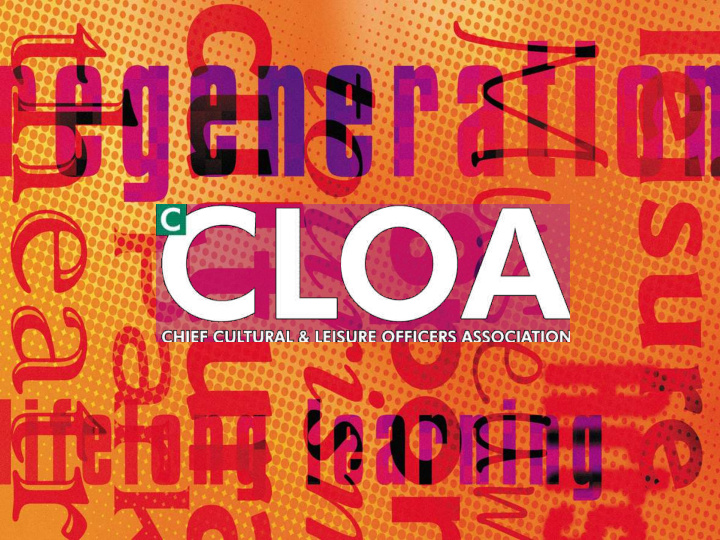



Commissioning support for local authorities Project learning
Project Aims and Objectives • Increase understanding of the commissioning agenda • Improve the ability of the sector to engage as a strategic partner – Building relationships with commissioners – Helping identify how the service can hone its offer • Share the learning Creating a lifelong sporting habit
Review Analyse Needs Resources Review Users Priorities communities Monitoring Delivery Delivery options Procurement Do Plan
Phase 1: Commissioners’ views & perceptions Sector seen as provider not a strategic player, lacks visibility and connectivity Sector seen as income & facility focussed, interested in getting the active more active rather than focus on the inactive Challenges Still gaps in evidencing impact and value for money Sector is not commissioner ready - fragmented , independent quality assurance required Sport is exclusive, not relevant to those in greatest need Industrial scale solutions, innovation required – service transformation Value of physical activity is better understood; “physical activity is a win - win” Prevention gradually gaining traction because of costs of health and social care Opportunities Mental health a growing issue / concern Joint funding pots (e.g. Better Care & Integration Transformation funds) are driving innovation and new ways of working Workforce programmes, worklessness, re-enablement, improved parenting, healthy children, drug and alcohol rehabilitation Come and talk to us – show us what can be done and make a difference
Phase 2 A changing environment • More organisational, political and financial turbulence • Less capacity • Different attitudes and behaviours • Diverse organisational cultures, language and existing relationships • Projects still have heavy emphasis on Health and Wellbeing Creating a lifelong sporting habit
Project process – what worked • The basic elements of the process still work • Role of adviser is crucial • Role of our Local Government Relationship Manager valued • Mapping is crucial to understanding • ‘Events’ enabled ownership and created impetus Creating a lifelong sporting habit
What worked – the benefits • National project status • Aligns well to new Sport England Strategy (place/outcomes/inactivity etc) • Gave focus and direction “impetus” “amplified” “fast tracked” • Improved understanding of commissioners, commissioning and language • Gained political leverage • Secured senior level engagement • Became strategic players – improved confidence – developed stronger leadership – enhanced knowledge and skills Creating a lifelong sporting habit
What worked – the benefits • Improved and strengthened relationships/communications • Broke down silos • Increased visibility of sport and physical activity with Health and Wellbeing Boards and some CCGs • Use of specialist advisors and medical advocates opened minds, changed attitudes and opened new doors • Created new advocates • Started different conversations re: Better Care Fund • Action plans owned more widely Creating a lifelong sporting habit
Examples of Impact Comments from LAs included; • Less tangible – more about relationships and time • Opened door to CCG – Physical Activity now in the Sustainability and Transformation Plan • Raised district councils credibility – seen as forward thinking • Testing concepts in mental health • Better positioned sport and physical activity strategy as it was being developed • Reinvigorated the Sport and Physical Activity Group to meet commissioners needs • Influenced thinking around organisational structure Creating a lifelong sporting habit
Key Learning • It’s more about influencing, relationships, changing ways of working and service integration, than funding. • Relationships are less transactional more collaborative • Concepts of commissioning and wellbeing are diverse and changing. • Impact takes time, needs continued support, external challenge and tenacity for momentum • Two tier can still be difficult but not impossible • Pre scoping? Creating a lifelong sporting habit
Key Learning • Day job v way of working? • Commissioners faced with funding problems looking for quick wins rather than long term benefits • Also raised questions – What does this mean for workforce and who do we consider as the workforce? – How do you get the market ready? What/who is the ‘market’? – How do you measure impact on outcomes? – How much evidence is enough evidence – Impact of devolution Creating a lifelong sporting habit
What does this mean for the future? • Is it now more about supporting the ‘place’ rather than just supporting the Sports service? Increasingly need to go in at CEO and Leader level. • Commissioning vs Strategic positioning of Sport and Physical activity to support wider outcomes • Not just about Health and wellbeing (although important). Social cohesion/economy/education. • How do you embed sport and physical activity into ‘place’ with stronger senior ownership? • To gain impact from the current projects can more can be done to support them? (ongoing support) • How to sustainably grow and expand work with other LAs; plus connectivity with Cultural Commissioning? Creating a lifelong sporting habit
Commissioning: Mission Possible animation
Resources https://youtu.be/5pn5KXCiC3Y
Keeping in touch with c CLOA Join and benefit from information and networking Visit our website - www.cloa.org.uk Follow us on Twitter @cCLOAssociation Join the debate on Linkedin™ Subscribe to the blog
Recommend
More recommend